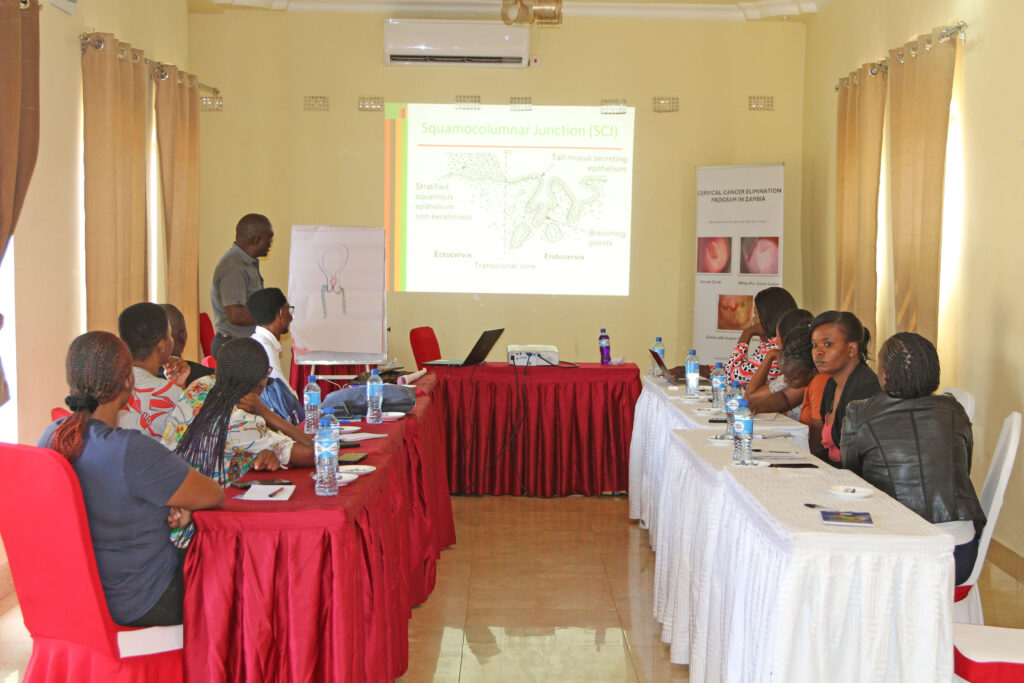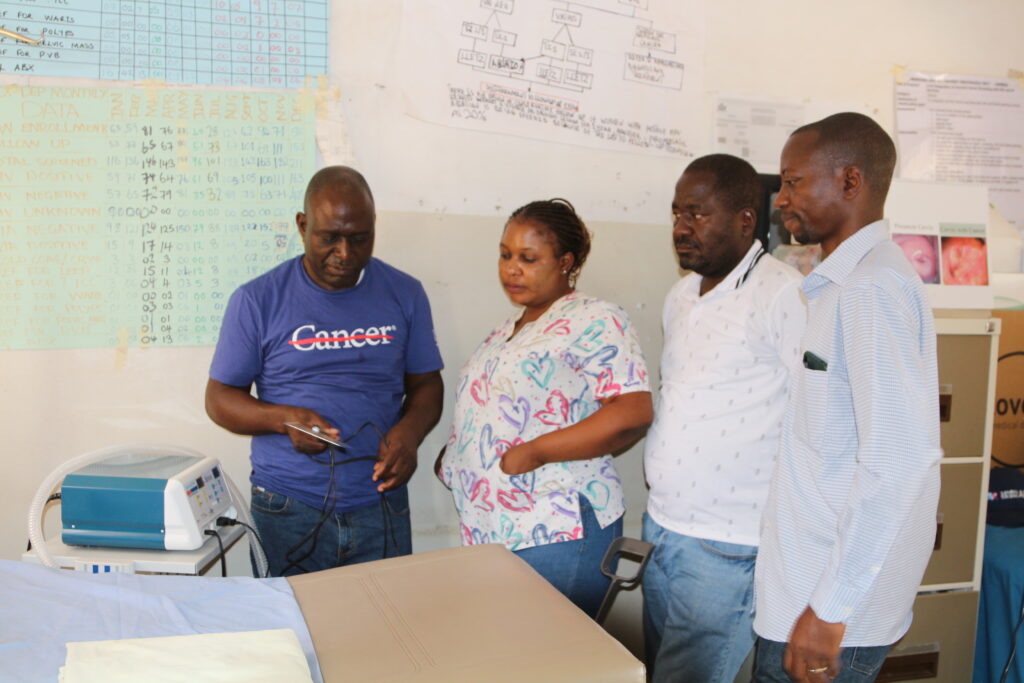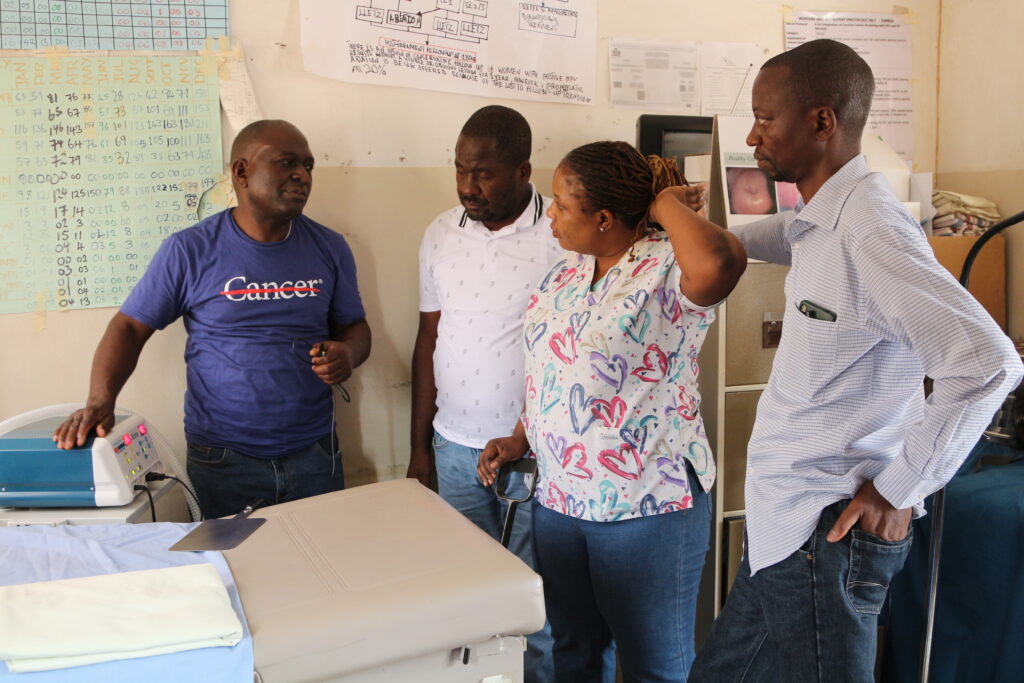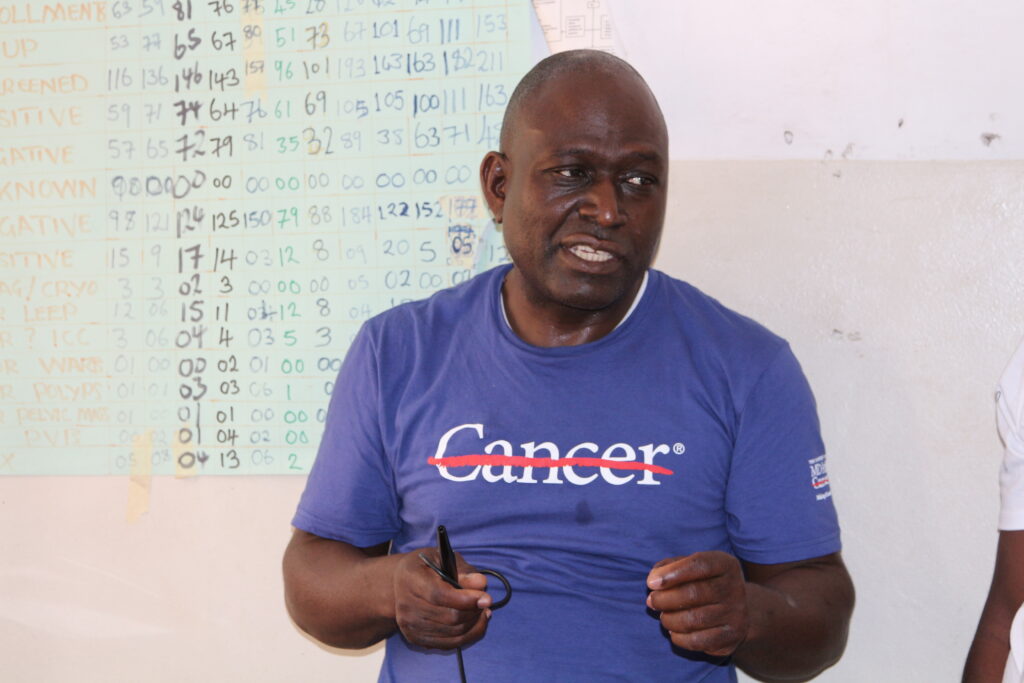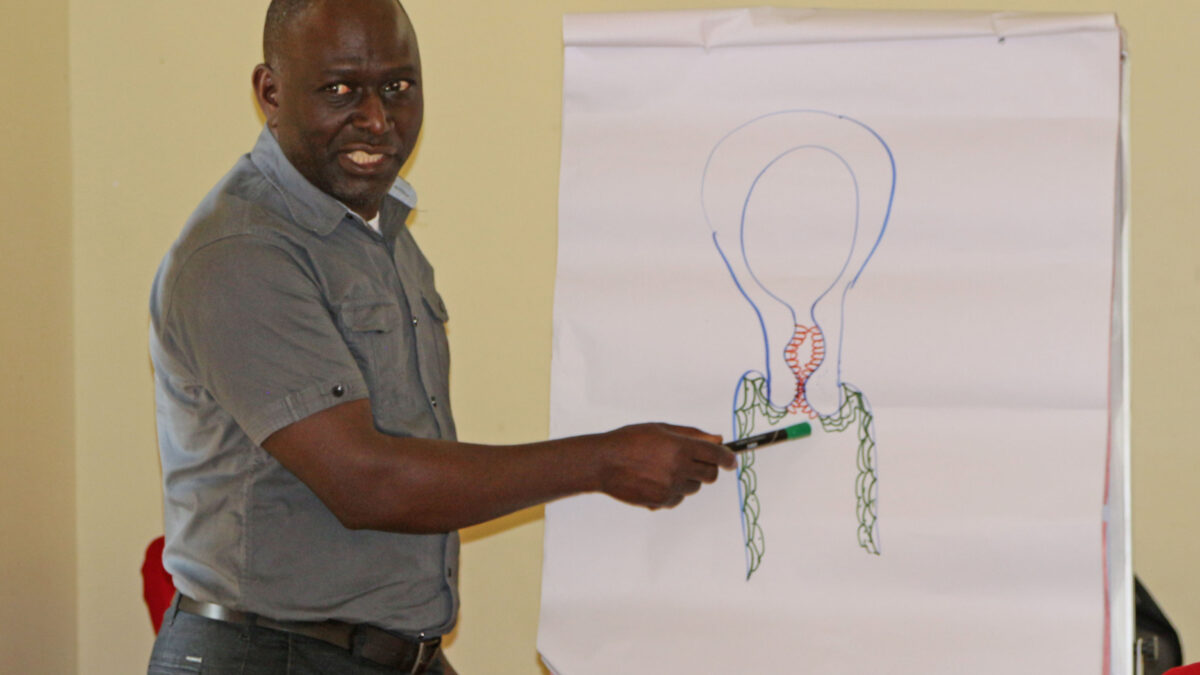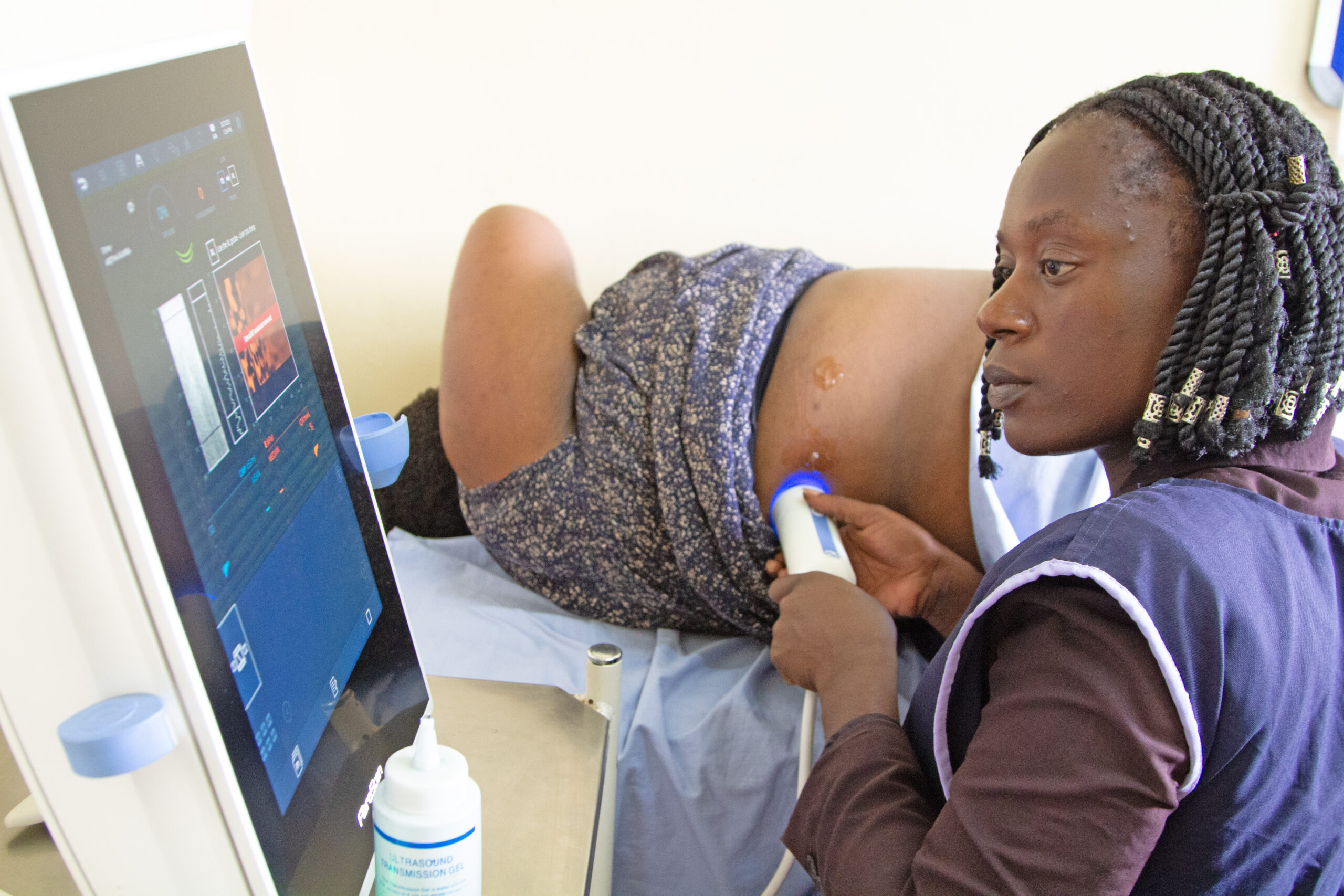
MOH, CIDRZ Attend The Global Fund In-Person HIVST Matching Fund Stakeholders Meeting
November 14, 2024
CIDRZ Partners With Lusaka Provincial Health Office to Hold Stakeholders Planning Meeting
November 15, 2024According to the World Health Organization, Zambia has the third highest burden of cervical cancer in the world, with an incidence rate of 65.5 per 100,000 women and a mortality rate of 43.4 per 100,000 women in 2020. Despite being a preventable and treatable disease, cervical cancer accounts for about 23% of all new cancer cases in the country.
An Obstetrician and Gynaecologist at the University Teaching Hospital Women and Newborn Hospital, Dr Friday Kaunga, has emphasised the significance of Visual Inspection with Acetic Acid (VIA) in detecting Human Papillomavirus (HPV)-related lesions.
Speaking at a training for health workers recently held in Mongu District facilitated by CIDRZ, Dr Kaunga said early recognition and treatment of these aceto white lesions is crucial for preventing pre-cancerous conditions from progressing to cervical cancer, ultimately improving outcomes for at-risk women.
Visual inspection with acetic acid procedure starts with inspecting the external genitalia as HPV-related lesions can be recognised, such as warts and Vulva cancer. The VIA method provides four possible results: negative, positive, indeterminate, or suspicious for cancer,” he said.
Dr Kaunga said this classification helps health workers determine the appropriate steps in cervical cancer management and treatment, thereby strengthening the country’s overall cervical cancer screening initiatives.
Since 2006, Zambia has implemented a robust VIA screening programme as the primary screening tool for cervical cancer. However, DNA-based testing for human papillomavirus (HPV) was introduced as the primary test, a more accurate and sensitive screening method.
CIDRZ, with support from The U.S. President’s Emergency Plan for AIDS Relief (PEPFAR) through the Centers for Disease Control and Prevention (CDC), has been supporting the Ministry of Health of Zambia in cervical cancer prevention efforts through the Cervical Cancer Elimination Programme.
